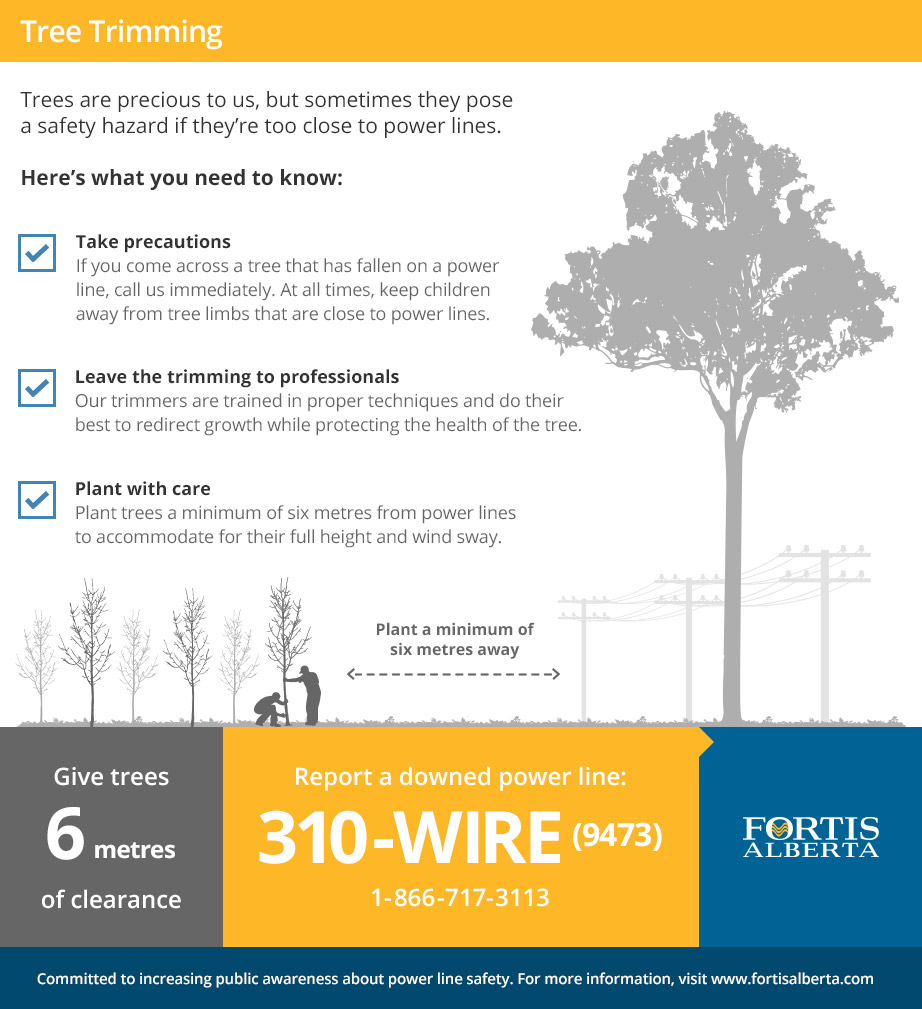Indication For Tree Removal: Just How To Detect Harmful Trees
Indication For Tree Removal: Just How To Detect Harmful Trees
Blog Article
Material By-Harrell Malling
When it involves tree treatment, recognizing the indicators that it's time for removal is vital for your security and home. You may see blemished leaves, wilting branches, or odd fungal growths indicating health problems. Architectural concerns, like a substantial lean or splits in the trunk, can also present dangers. Comprehending these warning signs can assist you make educated decisions concerning your trees and stop prospective dangers hiding in your yard. What should you try to find following?
Indications of Degeneration and Condition
When you see indications of degeneration and condition in your trees, it's critical to act swiftly. Look for discolored fallen leaves, wilting branches, or unusual growths like fungi. These can suggest that your tree is battling.
If you see cracks in the bark or soft, mushy wood, these signs and symptoms suggest internal decay. In addition, an abrupt rise in pests around your tree can signify that it's compromised and vulnerable.
Check for any kind of dead or dying limbs, as they present a danger to your residential property and safety. If you're uncertain regarding what you see, getting in touch with an arborist can provide clarity.
Attending to these indications early can conserve you from much more comprehensive damage and make sure the health of your lawn. https://www.bobvila.com/slideshow/9-ideas-for-a-beautiful-brick-patio-52865 wait till it's far too late.
Structural Instability and Leaning
As you observe your trees, keep an eye out for any type of indications of architectural instability or leaning. If a tree leans considerably, it might indicate that the root system is jeopardized.
Look for any cracks in the trunk or soil around the base; these can indicate prospective failing. Additionally, look for uncommon development patterns, like an uneven crown, which may suggest that the tree is struggling to hold itself upright.
If you notice that the tree favors your home, power lines, or other structures, it presents a higher risk. Do not disregard these indicators-- get in touch with an arborist to analyze the situation.
Acting early can avoid expensive damages and guarantee your safety and security.
Dead or Dying Branches and Vegetation
If you observe dead or dying branches and foliage on your tree, it's a clear indicator that something's incorrect.
These unhealthy locations can suggest underlying issues like condition, insect problems, or environmental anxiety. When branches shed their leaves or turn brownish, they're no longer contributing to the tree's wellness. Neglecting related internet page could result in further decrease, making your tree much more dangerous.
Dead branches can quickly break short throughout storms, positioning a risk to residential property and people nearby. It's crucial to analyze the level of the damage.
If the trouble impacts a considerable part of the tree, think about speaking with a professional. They can help identify if removal is required to ensure safety and security and maintain the charm of your landscape.
Final thought
If you see any type of signs of degeneration, architectural instability, or dead branches on your trees, do not neglect them. These signs can posture major security dangers to you and your residential property. It's always best to speak with a professional arborist who can give a professional assessment of your trees. Taking action early can prevent crashes and costly damage, ensuring your landscape stays secure and healthy. Keep in mind, it's much better to be positive regarding tree care than to await a calamity to take place.
